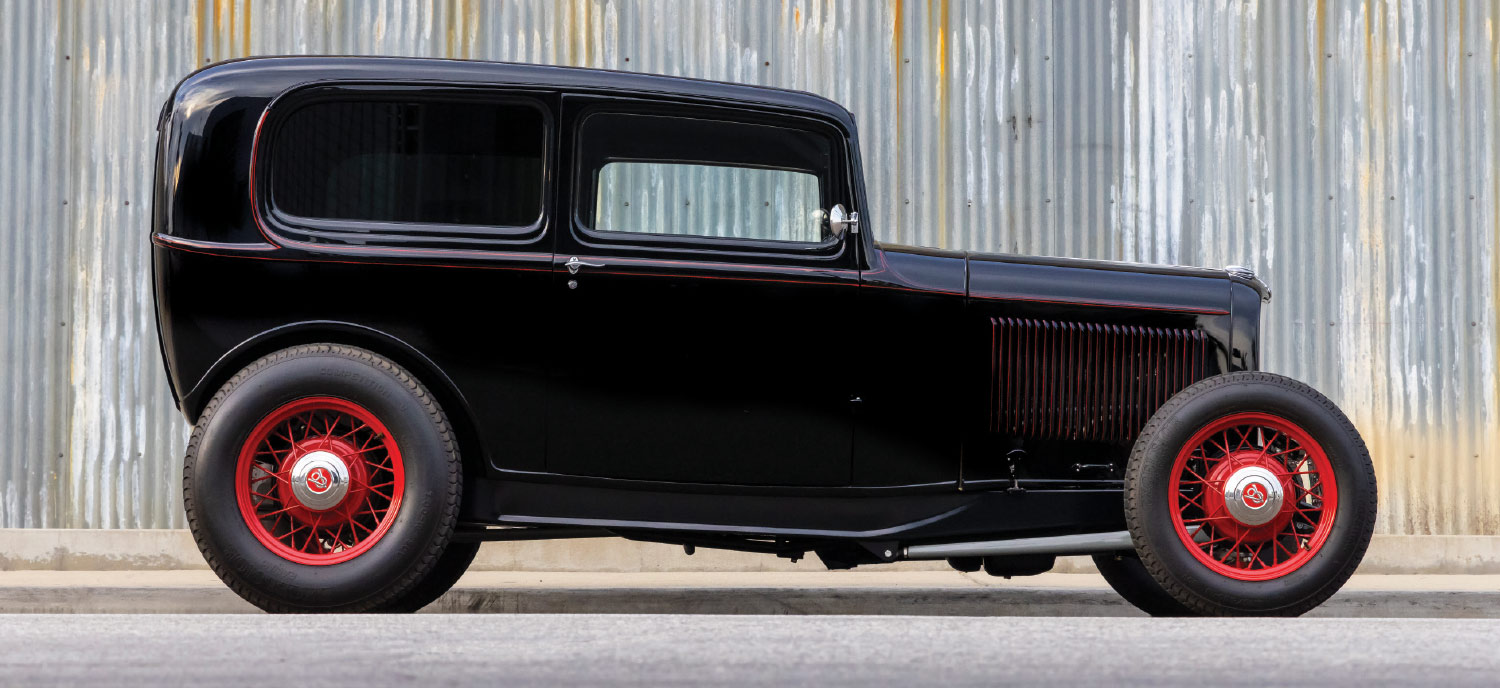
 Photography by Wes Allison
Photography by Wes Allisonhose who have been around the hot rod world for some time should know Southern California’s Richard Graves; or possibly his shop’s name, Richard’s Wheel & Chassis, will ring true. Richard has built a number of hot rods for customers and himself over the past 60-plus years, and that includes his current ride. Richard’s ’32 Ford highboy sedan delivery has been seen on the road for years.
As a member of the Early Times Car Club (founded in 1965) he joined in 1969 and continues to participate some 50-plus years later. (There’s a great story behind the Early Times Car Club and many of its members—but that’s a story for a later date.) Richard consistently shows up with his ’32 Ford highboy sedan delivery at local events time and again. In fact, his garage served as the beginning for the Early Times Mid-Winter Rod Run & Garage Tour. This event has a long history, some 41 years and growing in the SoCal rodding scene. His familiar bearded presence is a welcomed sight as he brings a wide breadth of hot rod knowledge and experience to the car scene.
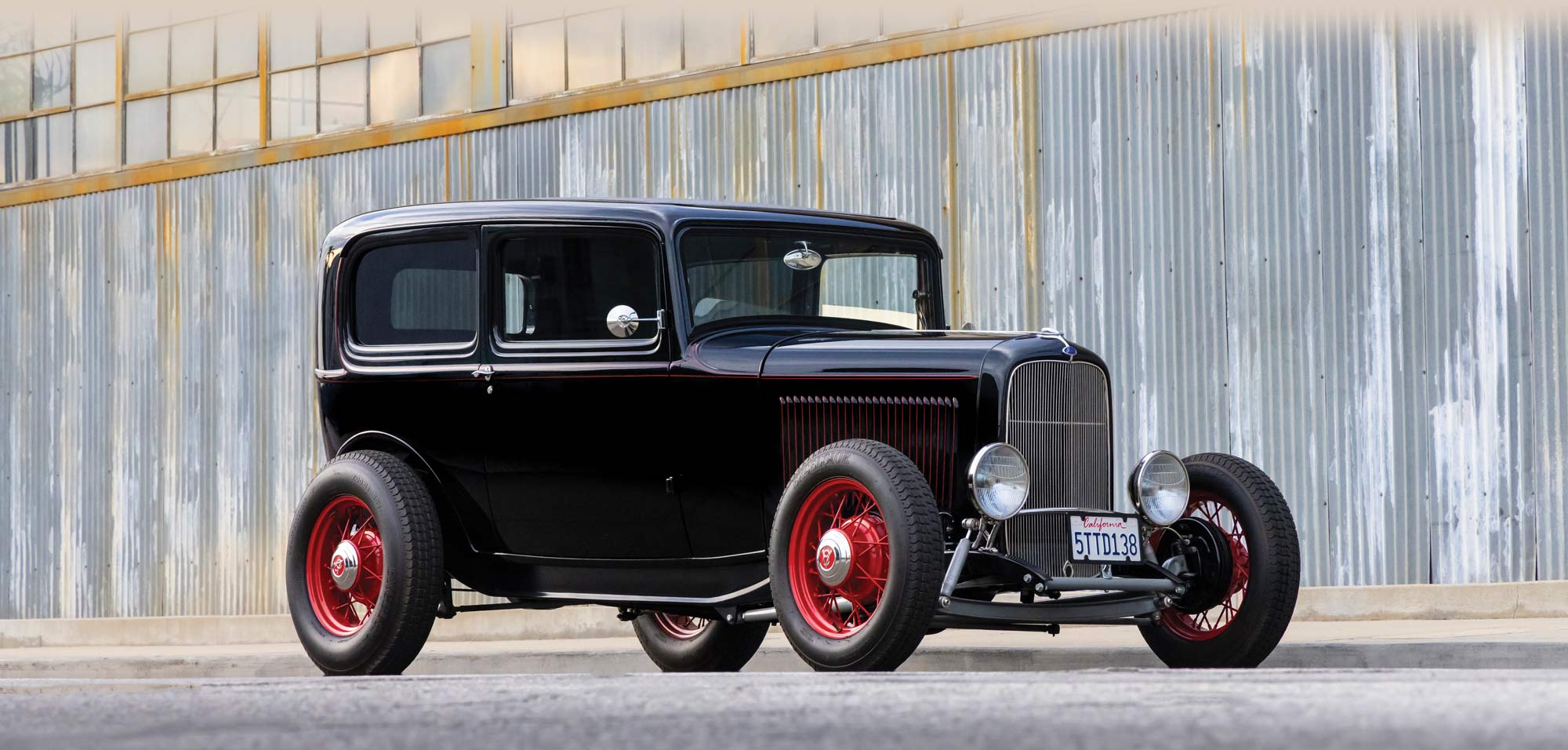
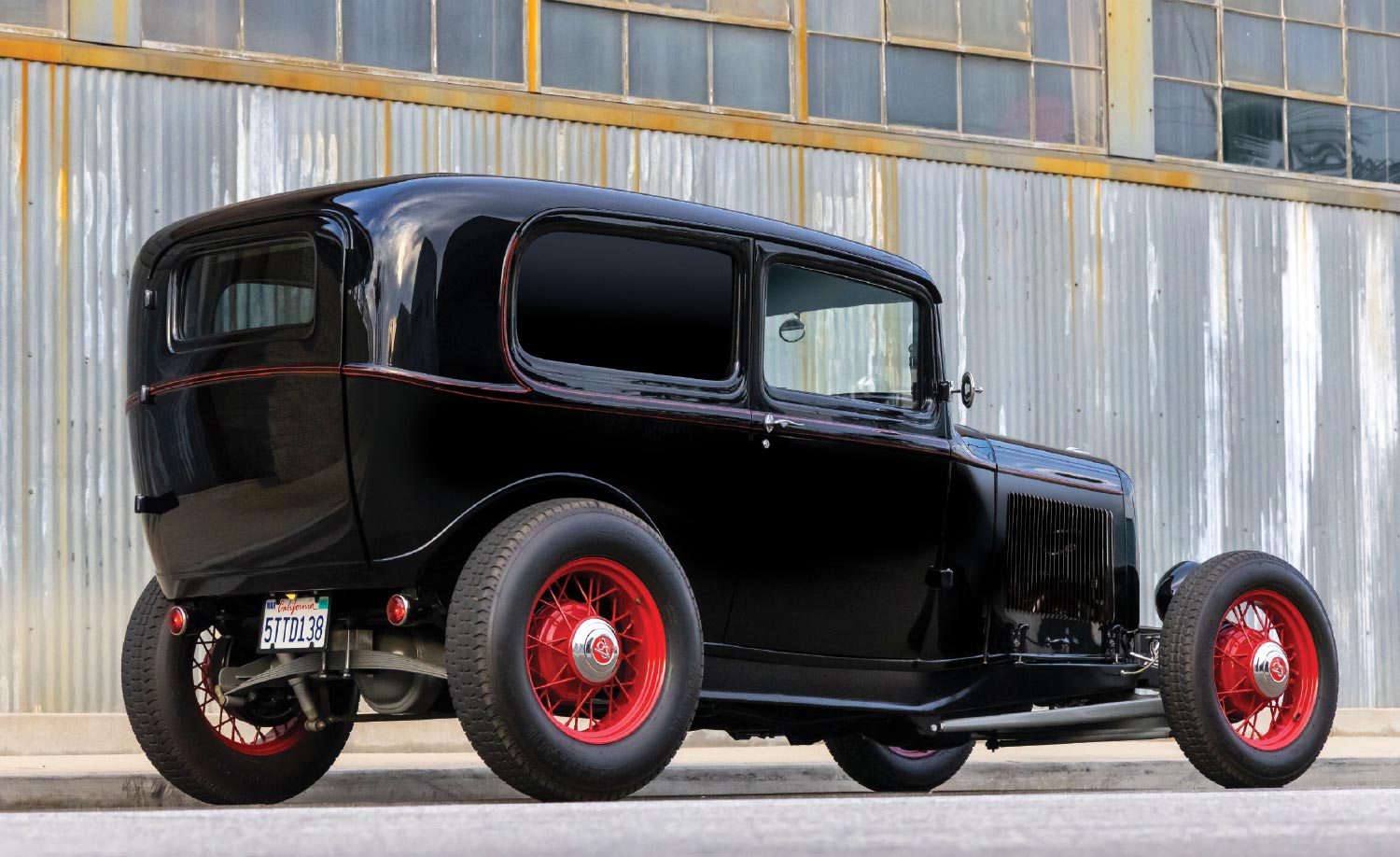

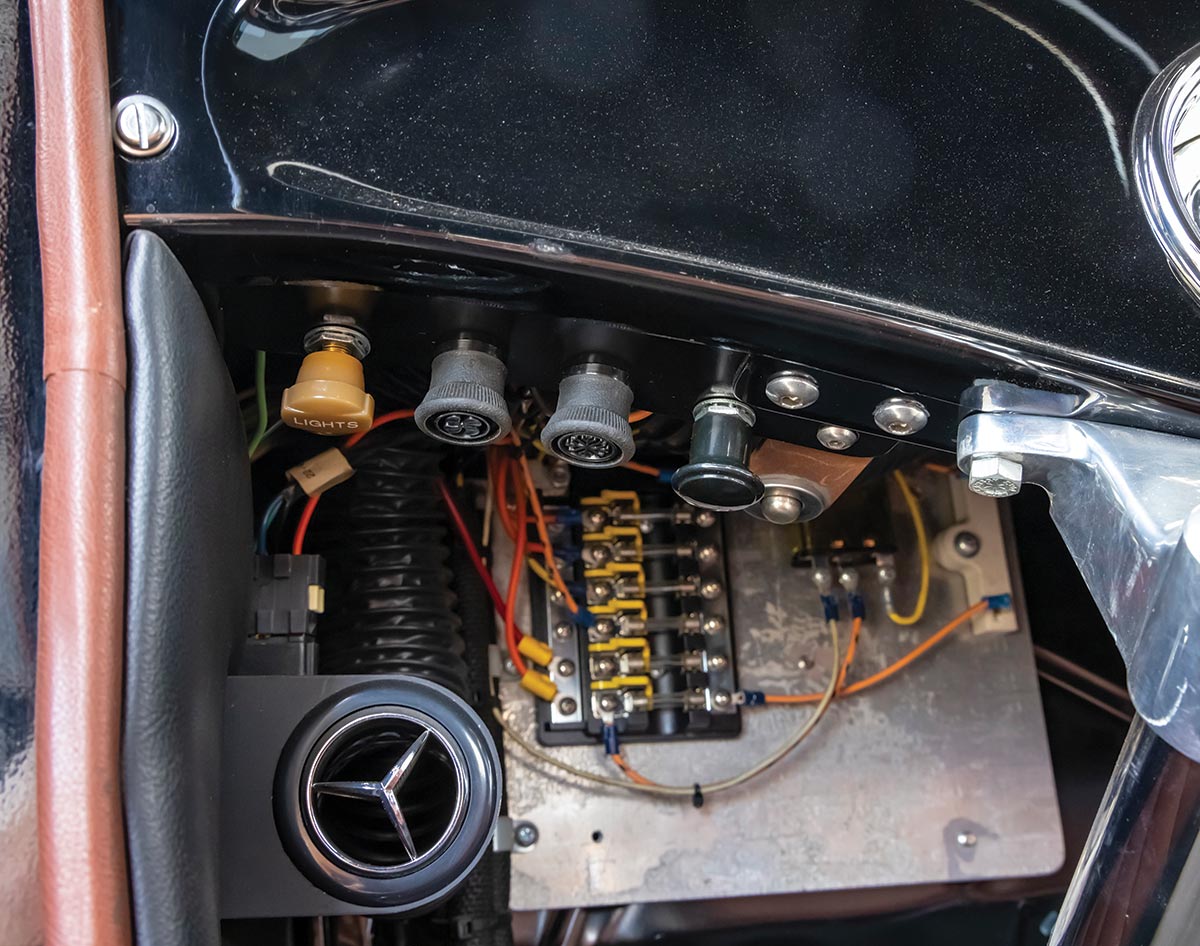
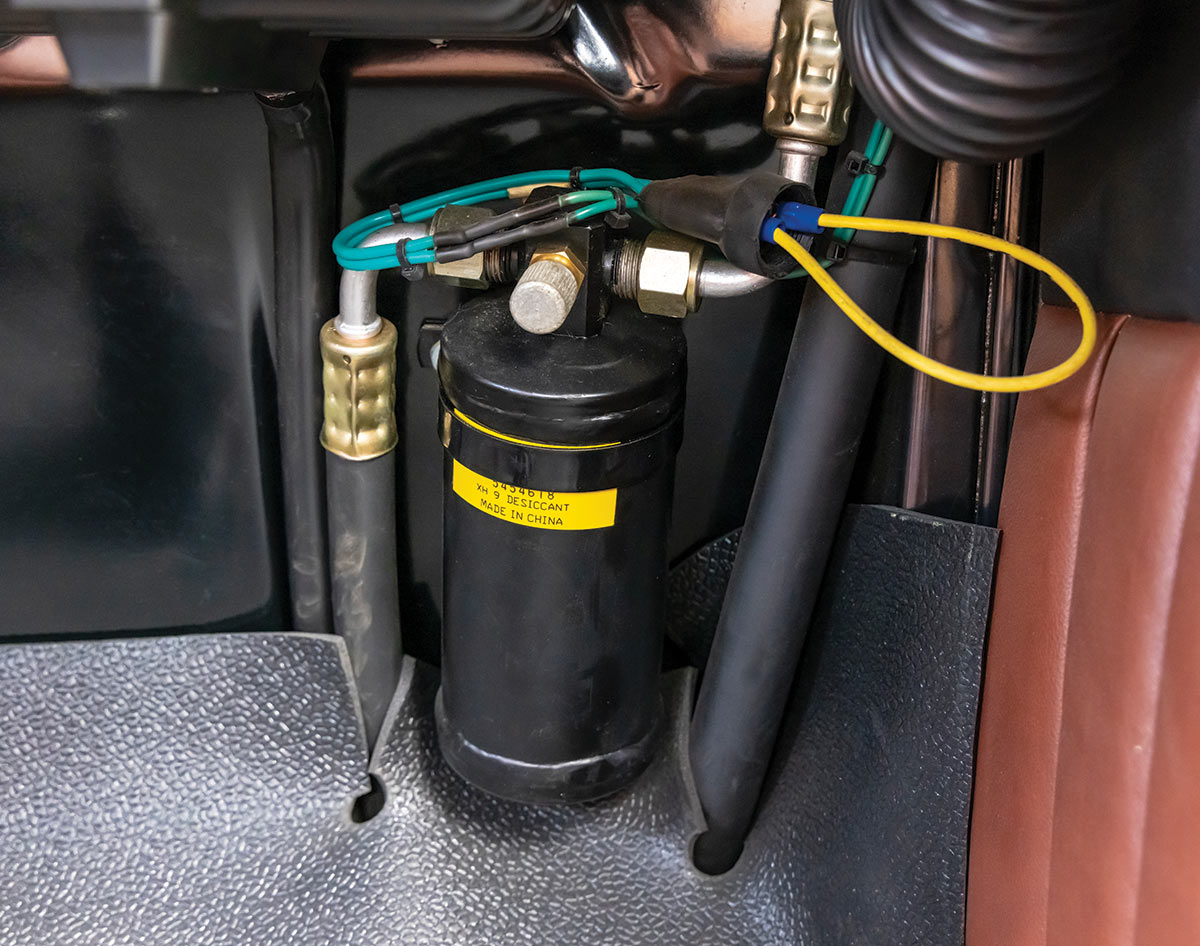
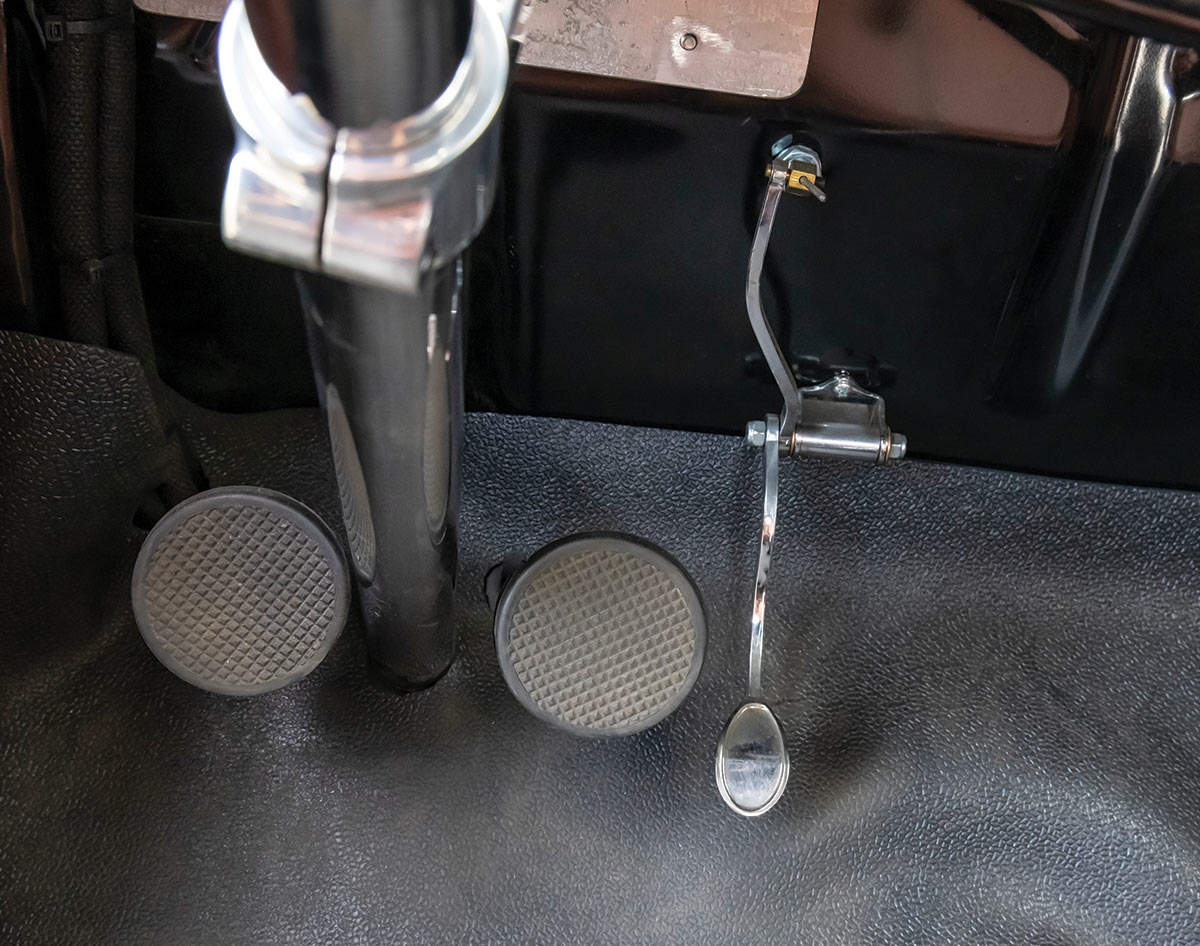
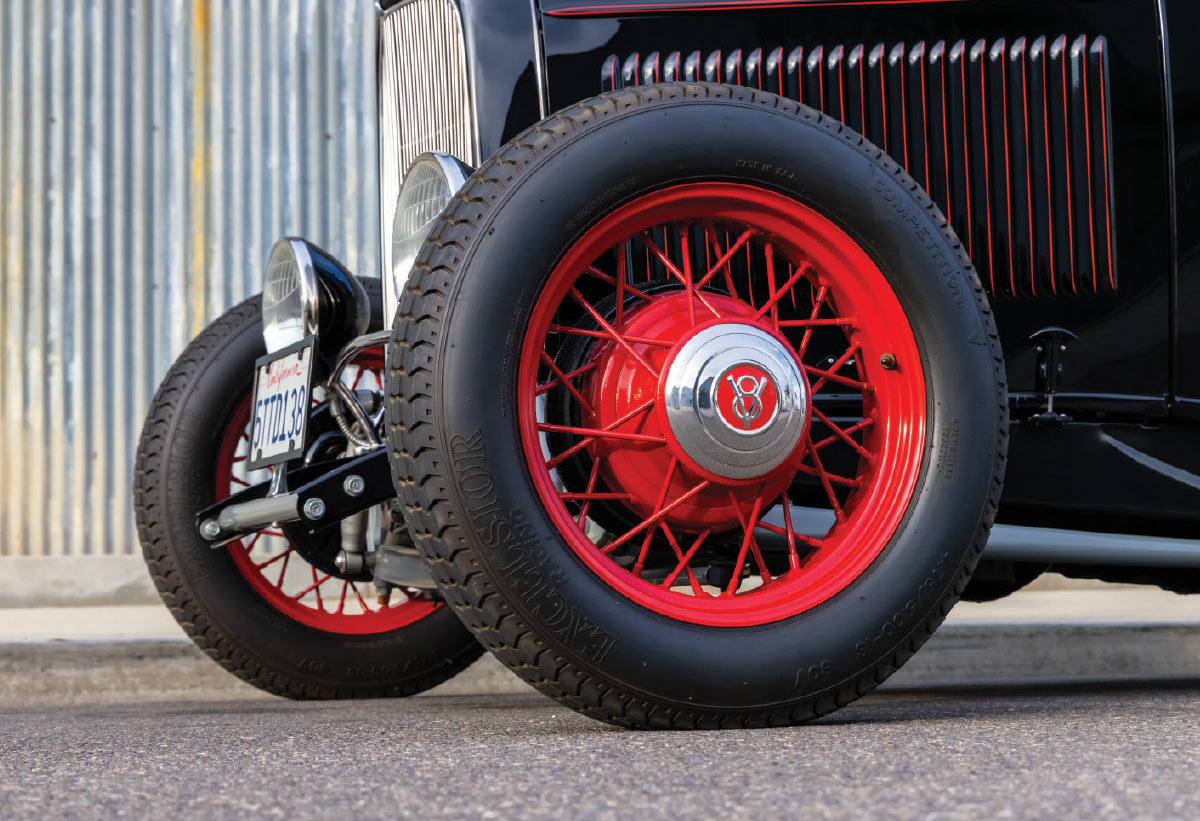
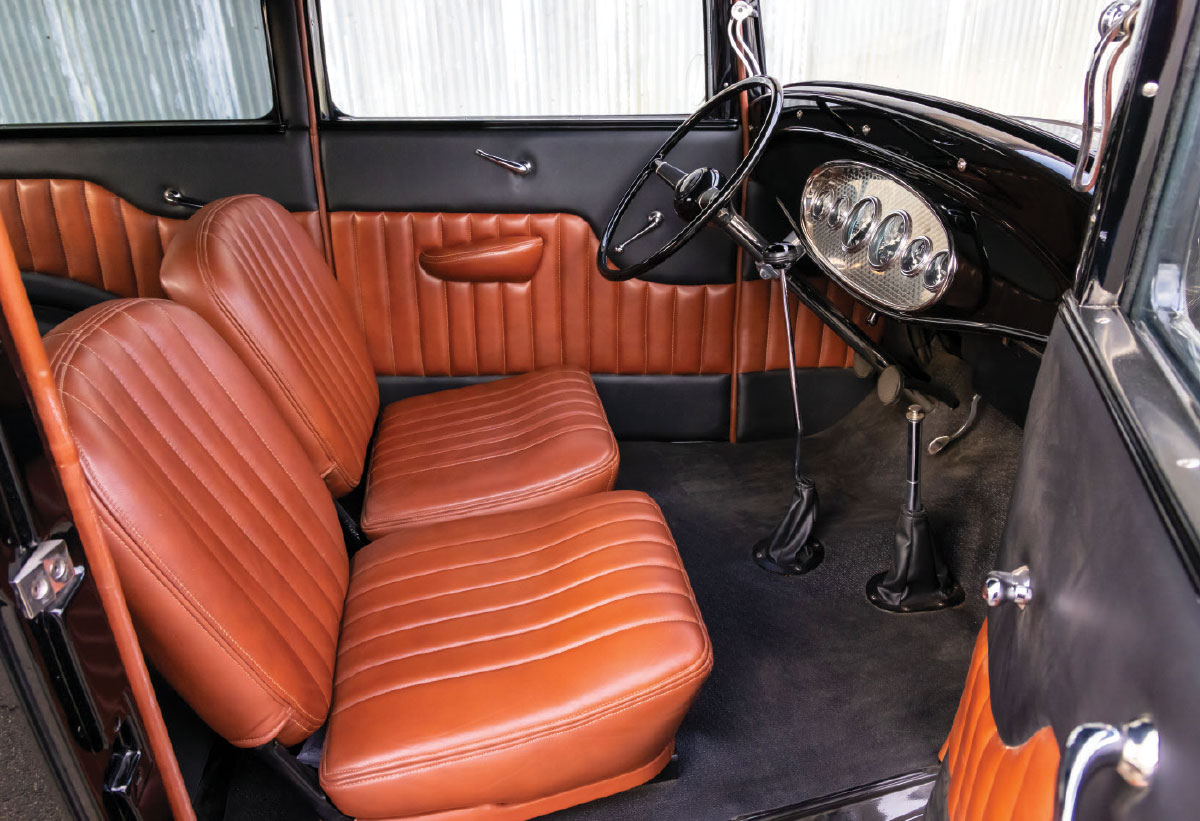
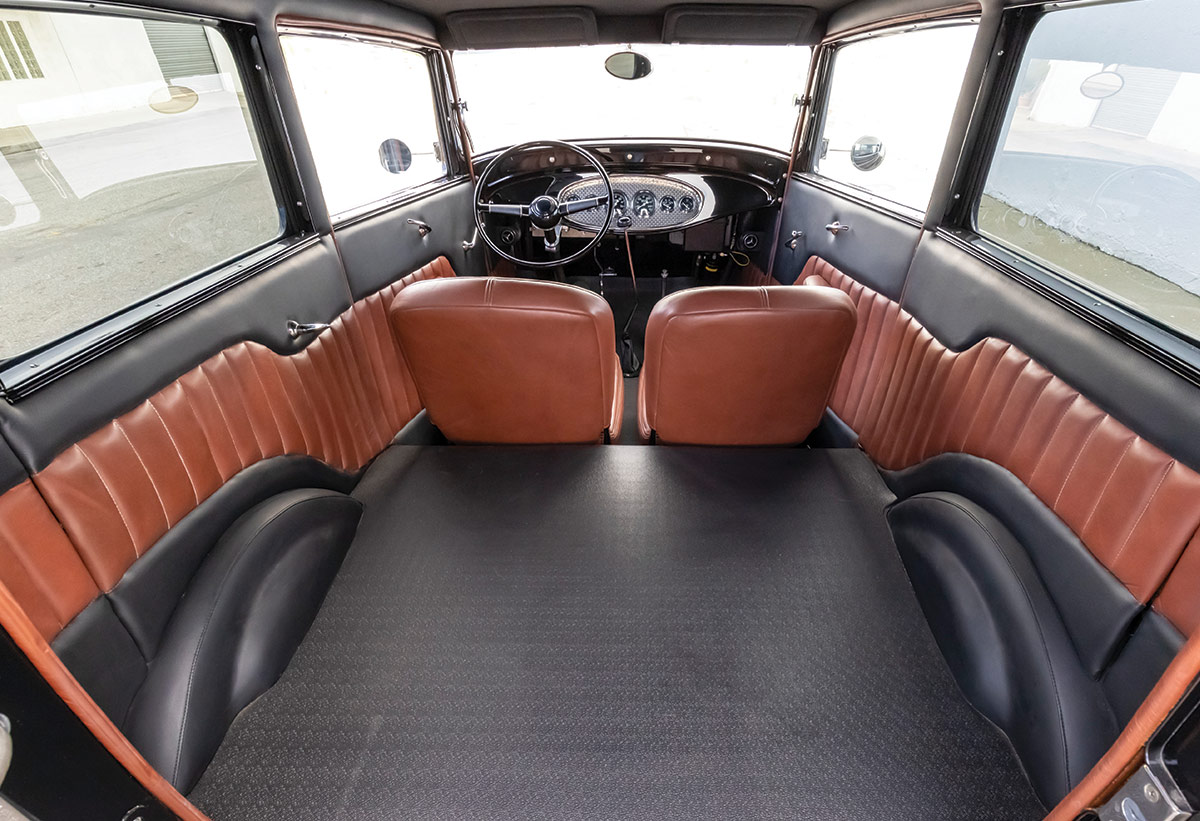
Richard has stayed with a proven formula of using a Deuce frame with traditional hot rod mods and a vintage small-block Chevy V-8. His concession to “modern rodding” is the use of a T10 five-speed, 10-inch Chevy clutch and flywheel, with a Ford pressure plate. It’s a Camaro-based trans with the obligatory S-10 tailshaft housing to move the shifter position forward.
The perimeter frame is a Squeak’s Place (Squeak Bell is a Kiwi hot rodder who is fully immersed in the California rodding scene) perimeter Deuce frame. It features the factory 106-inch (give or take a 1/2 inch) wheelbase. From here the frame was then outfitted with a Model A front crossmember (gain an inch of drop over a Deuce crossmember), Chevy motor mounts, a Vega steering bracket and box, a tubular trans crossmember, and a buggy spring mount in the rear crossmember at Richard’s Wheel & Chassis shop. His shop is still located in the same building in Long Beach that it has been for decades. Many a rodder knows where to wander when in the town.
For the longest time Richard has been a fan of the venerable small-block Chevy, particularly the early versions like the 265-inch V-8 used in this ’32 Ford highboy sedan delivery. In taking the original ’56-era 265 he had Vellios Machine Shop go through it and balance it for good measure. From here a Chevy six-cylinder water pump and repositioning bracket is used. It positions the water pump in a more ideal location behind the radiator, assisting with cooling and engine packaging. In looking at the V-8 you will see what appears to be a load of vintage goodies, but there is the obligatory concession to modern technology for the sake of “bulletproof” operation. Especially the use of Old Air A/C—even the most hardened of hot rodders do like their A/C. Look closely and you will see an alternator (replace generator) neatly tucked into the engine valley area. This necessitated the reconfiguring of the forward oil breather/filler common on pre-smog motors. The ignition looks vintage, and it is. It is a Corvette dual-point-equipped distributor (introduced in 1956) with a Delco Remy coil and solid core 7mm plug wires. (When was the last time you set the dwell? I’m thinking 28-32 degrees. Start with a feeler gauge, get it running, and then hook up your dwell meter—still have mine in the ol’ toolbox.) The ’56 Chevy oil bath air cleaner was modified by Richard to accept a modern-day replaceable filter. To this a Holley 390-cfm two-barrel carb rests beneath while sitting on an early Edelbrock intake. Those old 390-cfm two-barrels were found on Ford products back in the day. The gas is pumped through a stock Chevy mechanical fuel pump that’s fed from a custom-built 18-gallon saddle tank. A Ram horn exhaust would be another early Chevy performance item but this time it is a pair of Speedway Motors stainless exhaust manifolds with 2-inch steel tubing that runs back to a pair of Glasspack mufflers.
Now, for the pièce de résistance, how about the Corvette finned valve covers? All of us have seen these and many of us have them, but look closely. These are the very rare nine-fin cast aluminum covers that came from the factory on optional engine-equipped Corvettes in 1956 and early 1957. They also featured staggered boltholes and were held in place with Phillips head screws. Look closely at the photo of the valve cover on Richard’s 265—the correct Phillips head screws are there. Later the covers dropped to the seven-fin count we see most common today.
As for the body on this ’32 Ford highboy sedan delivery it’s stock sans the fenders and running boards with the addition of a steel Rootlieb hood. The factory gas tank and cover were replaced in favor of a saddle tank. From here Gerado Martinez of Richard’s Wheel & Chassis handled the bodywork and sprayed on the PPG black acrylic enamel paint. The headlights are ’32 Ford commercial mounted to a dropped headlight bar while the taillights are again Ford, but this time ’37 passenger car.
Inside the sedan delivery there is plenty of space to spread out and enjoy the drive and haul all the goodies you need or want. The Deuce dashboard is outfitted with a ’32 Cadillac gauge cluster with an engine-turned panel. The gauges themselves are modern Stewart-Warner “winged” six-pack featuring (left to right) water temp, oil pressure, tachometer, speedometer, volt, and fuel. The wiring harness that links the Old Air A/C, instruments, headlights, and the operating electrics is another in-the-shop accomplishment by Richard. Operating the brake and clutch is a Chevy truck pedal assembly while the shifter is reminiscent of a factory-era shifter. The steering column comes by way of a 1-1/2-inch piece of stainless steel tubing that Richard fabricated, and it is topped off with a stock ’40 Ford steering wheel. JC’s Upholstery stitched the ’32 Ford two-door sedan seats and the remainder of the panel’s interior in black and saddle leather. It also features a black cloth headliner and rubber floormats throughout.
Yes, it’s a traditional-looking build, it just so happens that’s what Richard builds—today and back in the day.
